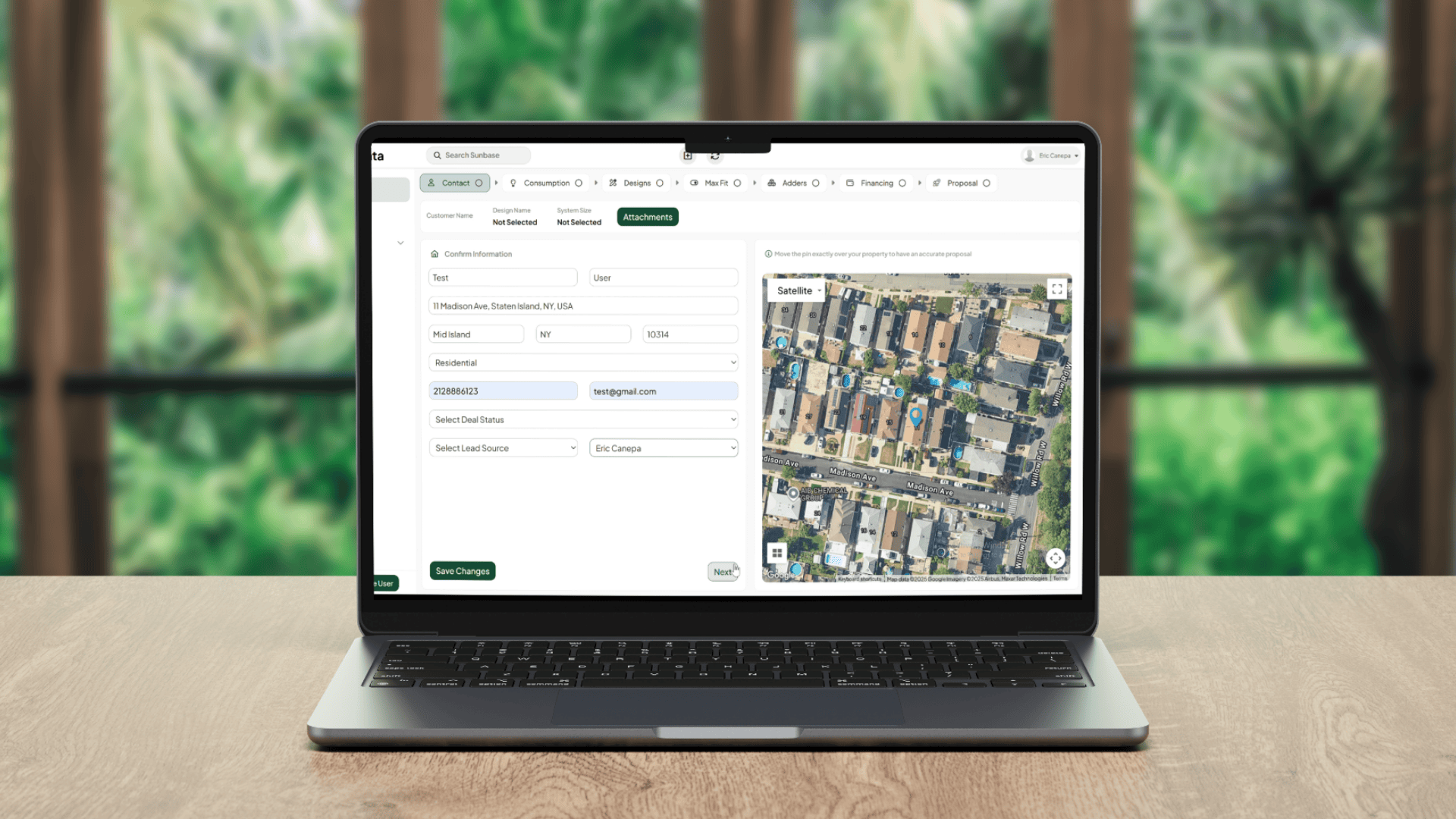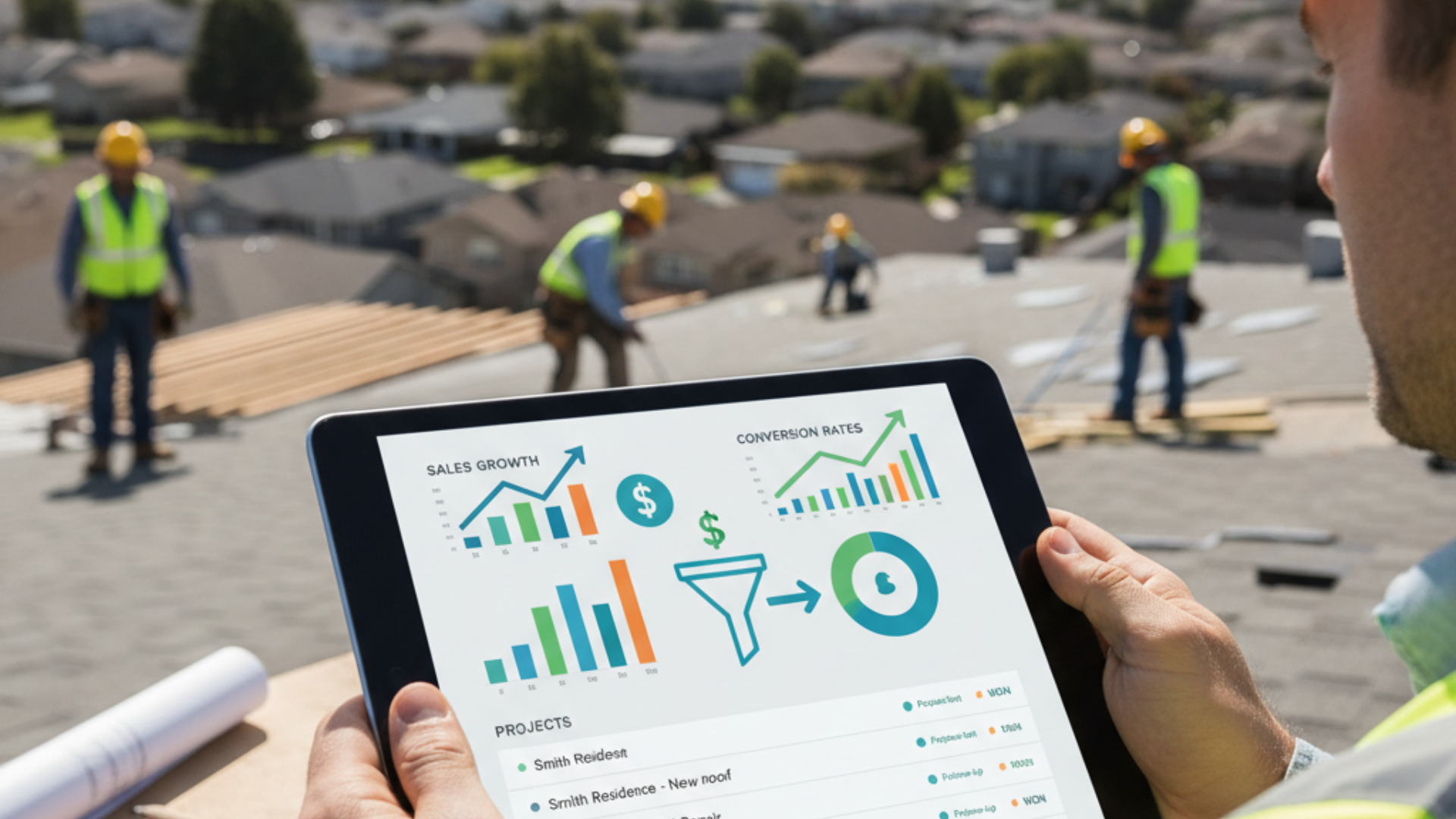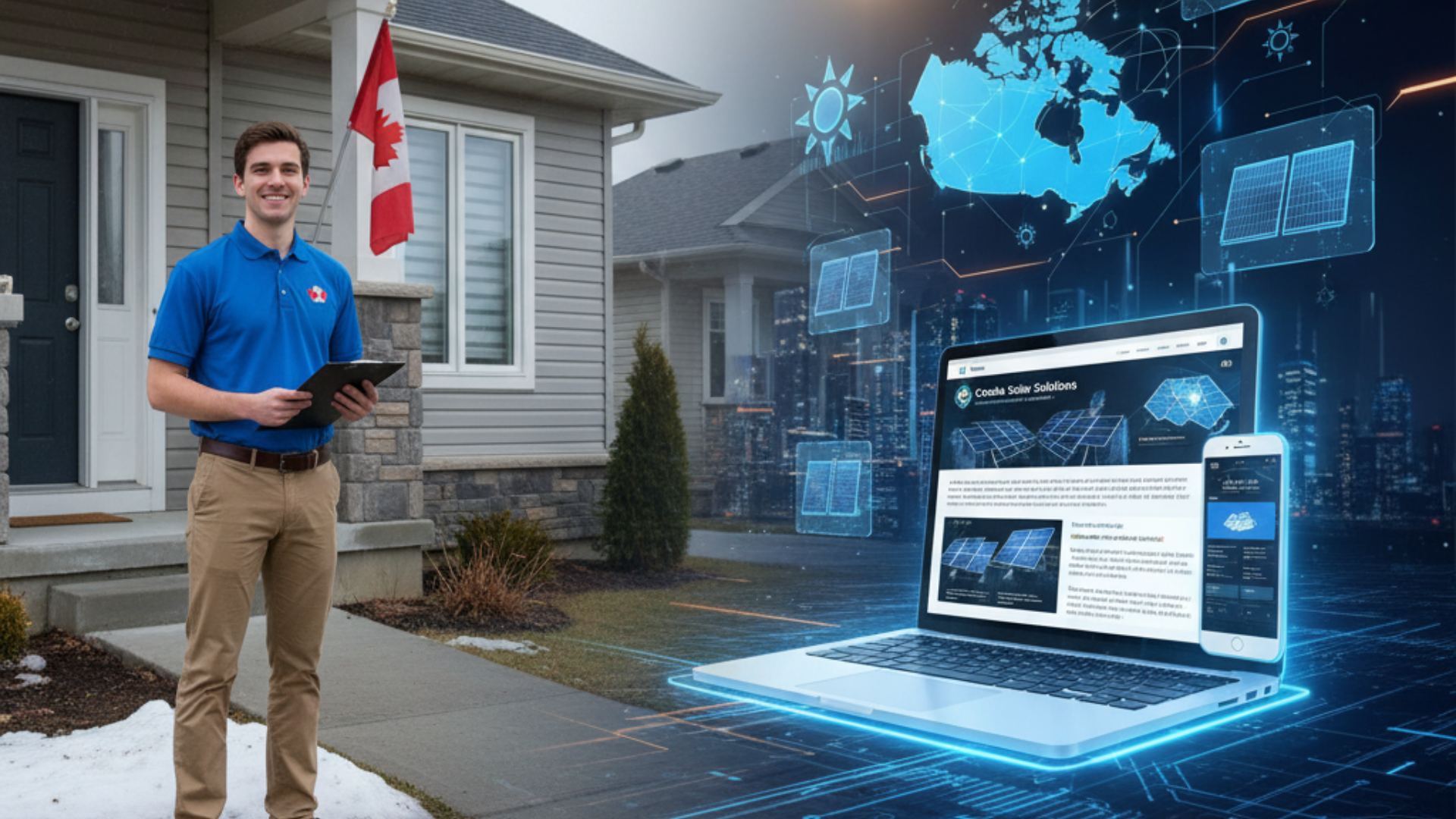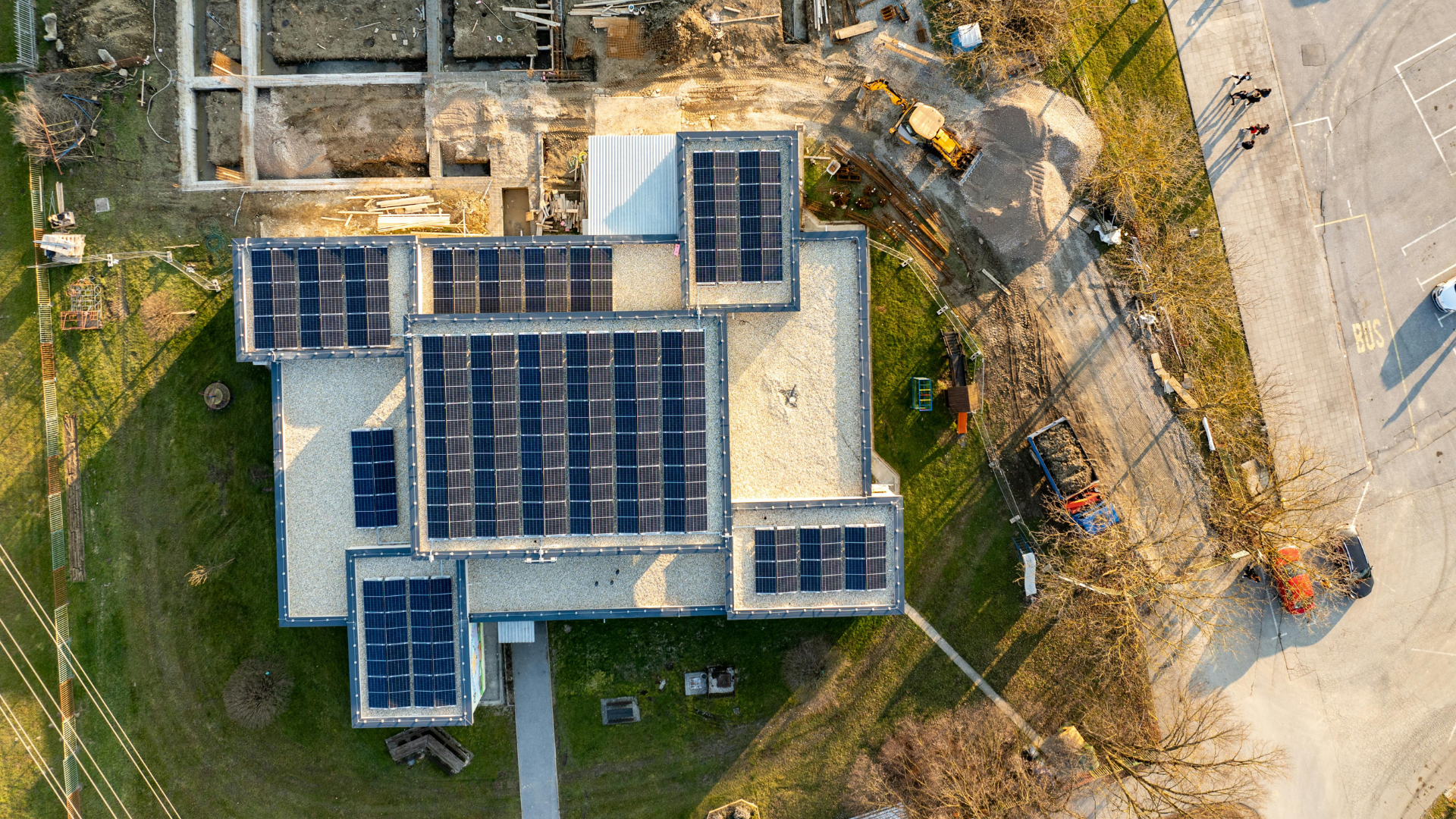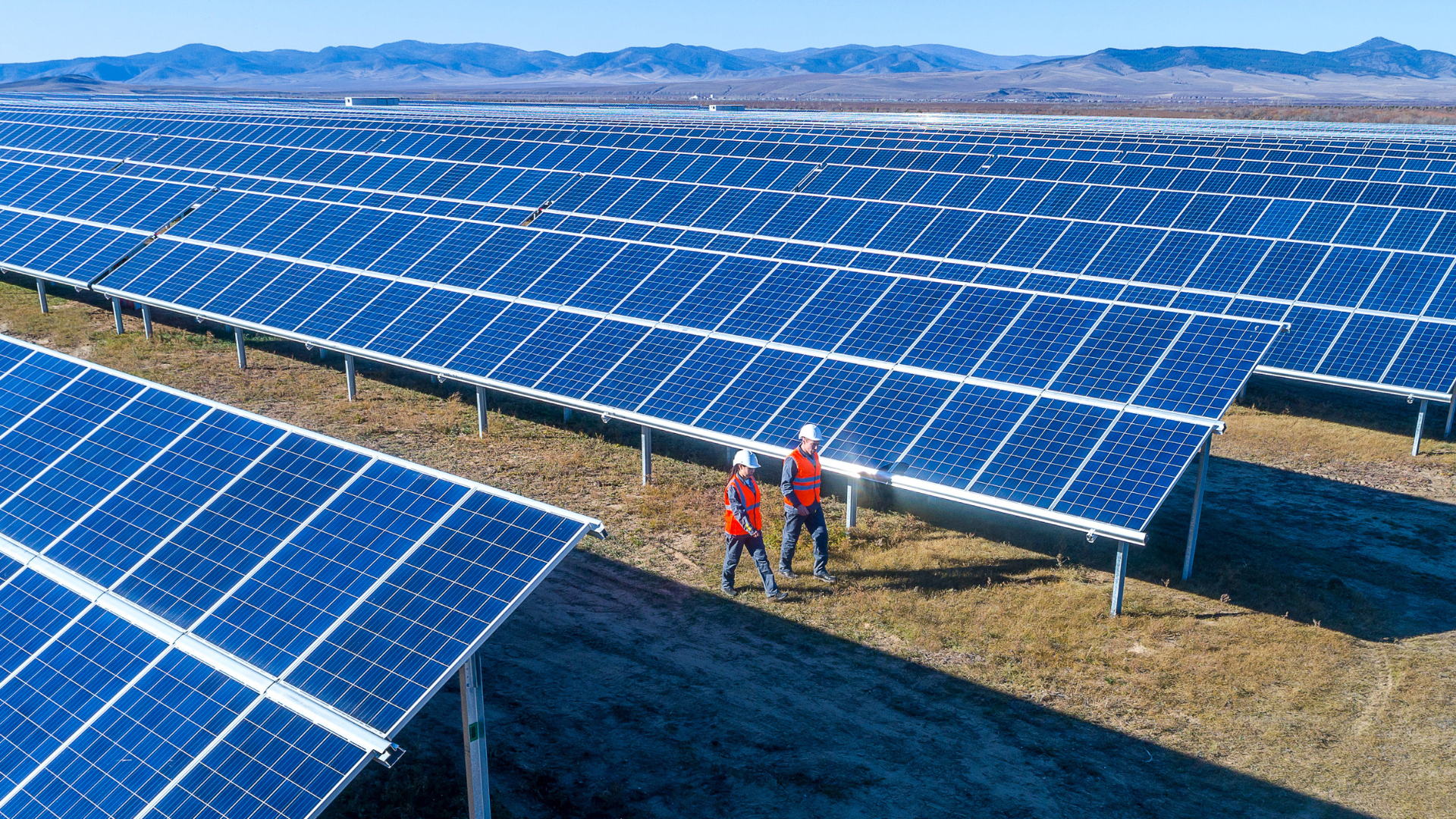July 28, 2022
Thinking about becoming a solar PV designer, but not sure where to begin?
You’re in the right place. The solar industry is one of the fastest-growing fields on the planet, and behind every successful installation is a designer who makes the system work on paper before it works on the roof.
And here’s the twist: solar design isn’t just about dropping panels into a software program and calling it a day. A great solar PV designer combines technical know-how, the right certifications, and smart tools to create systems that actually perform in the real world.
But what does it actually take to step into this role? Let's explore technical skills, certifications, training, and software that transform aspiring solar enthusiasts into professional PV designers.
How to Become a Solar PV Designer: Key Requirements
So you’re thinking about becoming a solar PV designer? Smart move, the solar industry is booming, and skilled designers are in high demand.
But before you dive in, you’ll need to know the requirements: from technical know-how and certifications to design tools that bring projects to life. In this guide, we’ll break down the skills, training, and software you need to succeed as a solar PV designer and why the right tools can make all the difference.
Key takeaways
- A Solar PV designer creates the blueprint for solar projects, handling the layout, sizing, and integration of systems to ensure they deliver maximum performance.
- Success in this role requires a strong foundation in electrical engineering and proficiency in solar design software, such as Sunbase or Aurora.
- With the solar industry booming, PV designers benefit from steady job opportunities, competitive salaries, and strong career growth potential.
- Earning certifications like NABCEP can set candidates apart, boosting both credibility and long-term career prospects in the renewable energy field.
What Does a Solar PV Designer Actually Do?
A PV designer is responsible for the layout, design, and sizing of photovoltaic (PV) systems. They work with architects, electrical engineers, and other professionals to ensure that PV systems are integrated seamlessly into a building or structure. The PV Designer is responsible for the AC energy production.
PV designers typically work on both residential and commercial projects, although larger projects may involve specialized engineering teams. They help choose the right solar panels and inverters for the project and design the system to meet the customer's needs.
As a PV designer, you will be responsible for ensuring accurate system sizing, energy yield calculations, and grid compliance.
To be successful in this role, you should have a strong understanding of Electrical Engineering principles and be able to apply them to real-world scenarios. They are responsible for construction drawings, electrical, and structural designs as well.
As a solar designer in recent years, it is essential to be knowledgeable in using solar design software, such as Aurora and Sunbase. This will enable the development of more successful designs that are both efficient and accurate.
As a solar PV designer, it is important to work closely with structural engineers to ensure that your PV system can be safely and effectively installed on a building.
The Engineering department has a policy of using solar PV panels to power all of its buildings. This means that the department needs to have a reliable and efficient solar PV system in place. The department has a team of experts responsible for designing and installing solar PV systems.
To know more about Solar design software, check out this guide on Solar Design Software!
Core Qualifications/Responsibilities Of A PV designer
Becoming a PV system designer is not an easy task, but it is achievable if you are willing to put in the hard work. Here are some ways that you can become a PV system designer:
1. Getting certified:
A PV system designer should consider becoming certified. This will show potential employers that you have the skills and knowledge required for the job.
There are many different certification programs available, for example, the NABCEP (PV Installation Professional) certification.
2. Knowledgeable about AutoCAD:
As a solar designer, it is important to be knowledgeable about AutoCAD so that you can create accurate and precise drawings of solar panel arrays.
This software is commonly used in the engineering and construction industries, so having experience with it will make you more marketable to potential employers.
3. Stay up to date with the latest technology, mainly solar design software:
PV system design is an ever-changing field. To be a successful PV system designer, you need to stay up to date with the latest technology.
You need to know various solar design software, as well as keep up with new developments in the solar industry, by attending conferences and workshops.
As a solar PV designer, you'll be responsible for creating custom solar panel arrays that can be used to generate electricity. To do this, you'll need to use a variety of the latest technology design software programs and tools, like Sunbase Design Software.
For example, you'll need to know how to use a drag-and-drop module creator. This type of design software allows you to quickly and easily create custom solar panel arrays.
Also, find out the difference between Solar Design Software vs. Solar Software!
Salary and Job Outlook For PV designers
Designers of photovoltaic (PV) systems are responsible for creating and improving the designs of solar energy systems. They may work on projects that range from small residential installations to large commercial or industrial plants.
PV designers typically have a background in electrical engineering, although some may come from other engineering disciplines.
The job outlook for PV designers is quite good. The solar energy industry is growing rapidly, and there is a strong demand for qualified designers. The base salary range for Solar Energy Systems Designers in the United States typically ranges from $50k - $64k. The average salary is $55,585 in 2025.
Salary ranges can vary significantly depending on a variety of crucial aspects, including schooling, credentials, supplementary talents, and the length of time you've been working in a given field.
If you are interested in a career as a PV designer, you should consider pursuing a degree in electrical engineering. This field of study will provide you with the necessary skills and knowledge to succeed in this career.
As a solar PV designer, you will have access to extensive worldwide databases of solar PV manufacturers, suppliers, and distributors. You will also have the opportunity to collaborate with other designers on solar projects.
Why Solar Design Software is a Must-Have Tool For PV Designers?
You can design a solar power system for your company using a programme called Solar Design. It can be used to determine the size of the solar system, the best way to tilt and position the panels, and the location of the solar array.
Solar design software can evaluate the system's capacity for producing electricity as well as its payback time, making it a non-negotiable in today's solar industry.
There are a variety of solar design software packages available on the market, including Sunbase and Aurora, that vary in terms of features, complexity, and price. Still, they are built according to the industry standards, helping you design the best solar systems.
While some applications are designed for professional engineers, others are more user-friendly and suitable for novice solar installers. Solar design software has many advantages for solar engineers and contractors.
The right software could make the design process faster and more accurate. With the help of our solar design software, you can evaluate your area, pick the appropriate tools, and make wise choices regarding your energy output.
Whether you’re new to solar design or an industry pro, Sunbase helps you save time, cut costs, and impress clients with precision. To cut the fluff, you will have all you require to start automating your solar company's operations!
Read this post on the best solar design software to learn more about the many packages available on the solar market.
Conclusion
The career of a PV designer is an interesting and growing one.
With the rise in solar energy, there will be an increasing demand for designers who can create aesthetically pleasing and functional PV systems.
With the right education, certifications, and design software, you can position yourself as a trusted expert who creates efficient, reliable solar systems. The demand for solar talent is only increasing. If you’ve got the skills and the right tools, the future of clean energy has a spot with your name on it.
Design Smarter And Build Faster With Sunbase
Every great solar project starts with a solid design. With Sunbase Solar Design Software, you can simplify layouts, optimize system performance, and deliver accurate proposals in minutes.
See how you can design effortlessly with Sunbase. Contact us here to book your quick demo!
FAQ's
1. What qualifications are needed to become a solar PV designer?
To become a solar PV designer, you typically need a background in engineering or renewable energy, training in solar design, and knowledge of design software. Certifications like NABCEP can also help.
2. Do I need certification to be a solar PV designer?
While not always required, certifications strengthen your credibility as a solar PV designer. Programs such as NABCEP are highly respected in the industry.
3. Which software is used by solar PV designers?
Solar PV designers often use specialized software to model, size, and optimize solar systems. Tools such as Sunbase Solar Design Software, Aurora, HelioScope, and OpenSolar are widely used to simplify the process and improve accuracy.
One Platform. Zero Chaos. Run Your Entire Business in One Place.
Sunbase replaces your CRM, proposals, scheduling, job tracking, and reporting tools — all inside one clean, connected platform.
About Sunbase
The All-In-One Platform to Run Your Entire Business
Sunbase helps you organize operations, streamline daily workflows, and manage everything - from first customer contact to final project deliver- in one connected system.
Our Mission
- Organize your business.
- Optimize your workflow.
- Automate what slows you down.
Why Businesses Choose Sunbase
One Connected Workflow
Replace scattered tools and manual processes with a single platform that brings together your team, tasks, customers, jobs, and performance data.
🌎 Global Presence
Serving the United States, Canada, India, LATAM, Australia, and 10+ international markets.
👥 11,000+ Users
Trusted by contractors, installers, project managers, sales teams, and field technicians.
🏗️ Built for All Sizes
From small contracting teams to fast-growing enterprises, Sunbase adapts to your workflow.
Useful Links For You
Stop Managing Your Business Manually. Automate It.
Sunbase automates workflows, reduces mistakes, and helps your team get more done - without hiring extra staff or juggling multiple tools.



